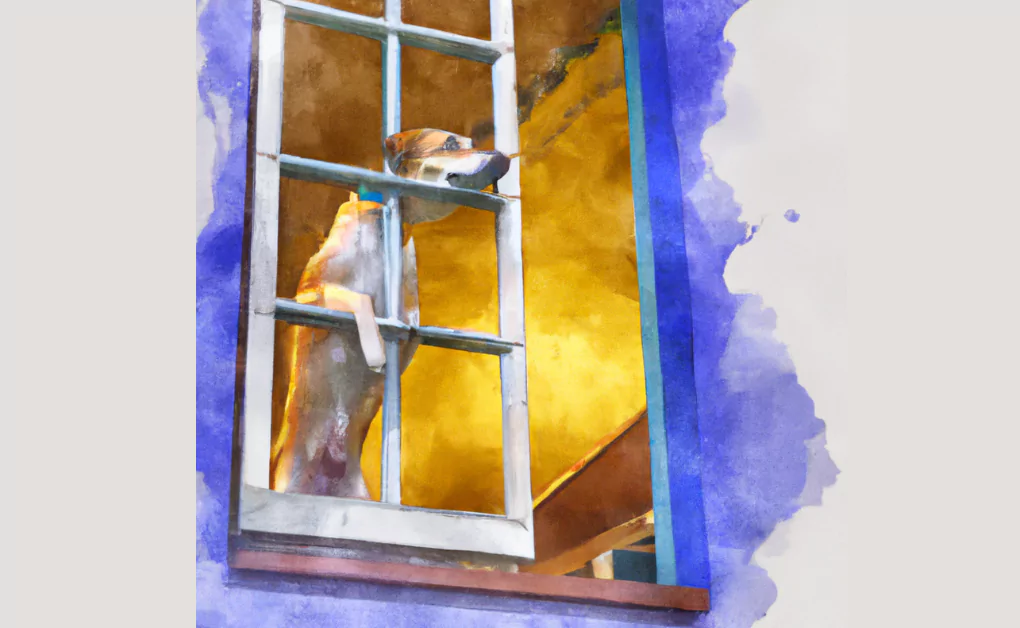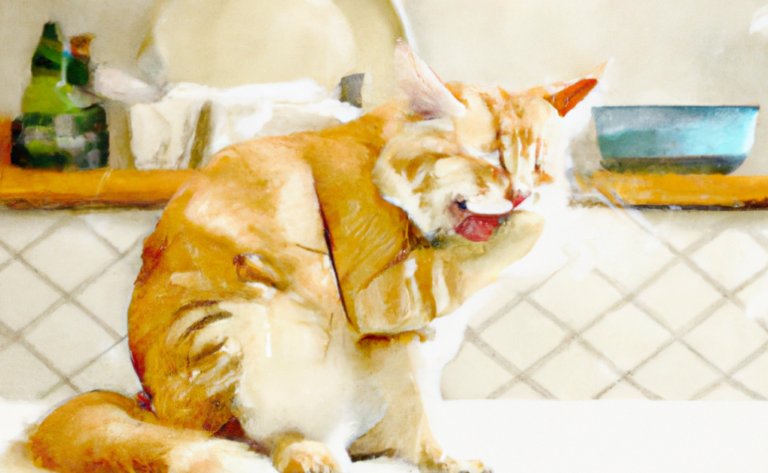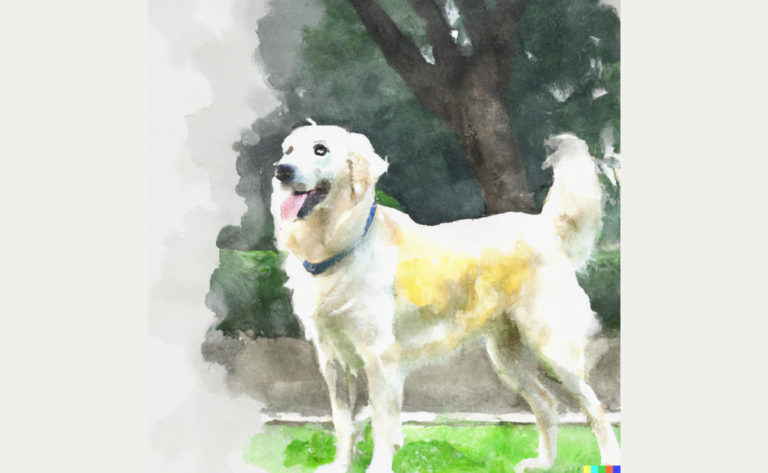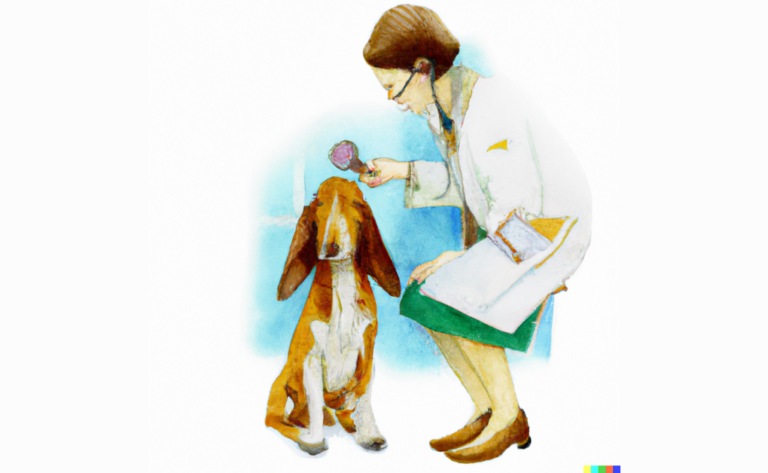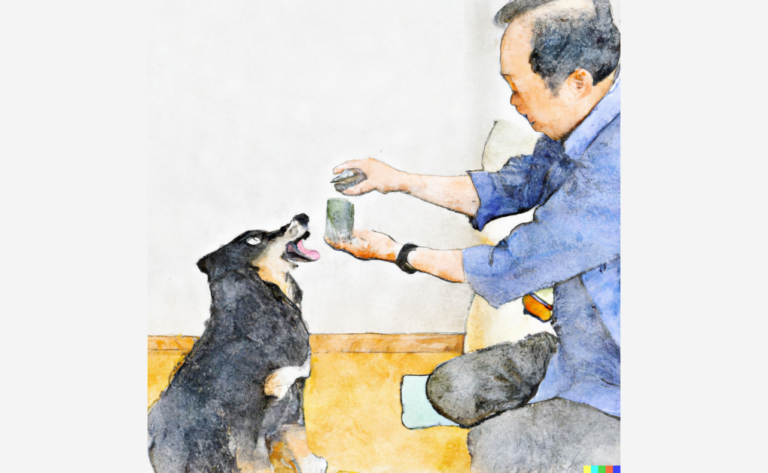Does Your Dog Have Separation Anxiety?
Introduction
When Sarah returned to work after months of remote employment, she was elated to see her office mates again. Little did she know that her four-legged companion, Max, would be far less enthusiastic about the change. With each day that passed, Sarah noticed Max becoming increasingly anxious, exhibiting signs of distress each morning as she prepared to leave for work. As his symptoms worsened, Sarah realized she needed to find a solution to help Max cope with his newfound separation anxiety.
Separation anxiety is one of the most common forms of anxiety in dogs. It affects about one out of every five dogs and cats. It is when they feel anxious pet parents leave them alone. This happens because they do not know what to expect from their owners after they go. For example, they might get scared when seeing another dog or barking at strangers.
Separation anxiety is widespread among puppies, especially those raised without pet parents or human contact. This anxiety can manifest itself in many ways, including destructive behaviors such as chewing furniture or digging holes in the yard.
There are many different types of separation anxiety, including fear of strangers, fear of loud noises, and even fear of thunderstorms. But regardless of what type of separation anxiety your dog suffers from, there are some things you can do to help him cope.
Causes of Canine Separation Anxiety
Dogs can develop separation anxiety for a variety of reasons. One reason could be that they have been abandoned or neglected. Another reason could be that they had a rough start in life. And still another reason could be because they were adopted into a home where there was already a dog present. Whatever the case, it’s essential to understand how separation anxiety develops in dogs.
Effect of Anxiety on Dogs
Separation anxiety can cause severe damage to your relationship with your pet if you don’t take care of him properly. For example, if your dog starts acting aggressively toward other animals or people, this may be an indication that he has separation anxiety. He may also become aggressive towards his family members, which means he no longer trusts anyone.
The most common cause of anxious behavior is a lack of socialization. For example, a puppy raised in isolation from humans will develop separation anxiety because it never learned how to interact with people. Another reason could be that the dog was abused or neglected during their early life. If you suspect your dog suffers from Separation Anxiety, please consult your veterinarian immediately.
If your dog shows signs of aggression, please seek professional help immediately. It would be best never to let your dog attack other animals or people.
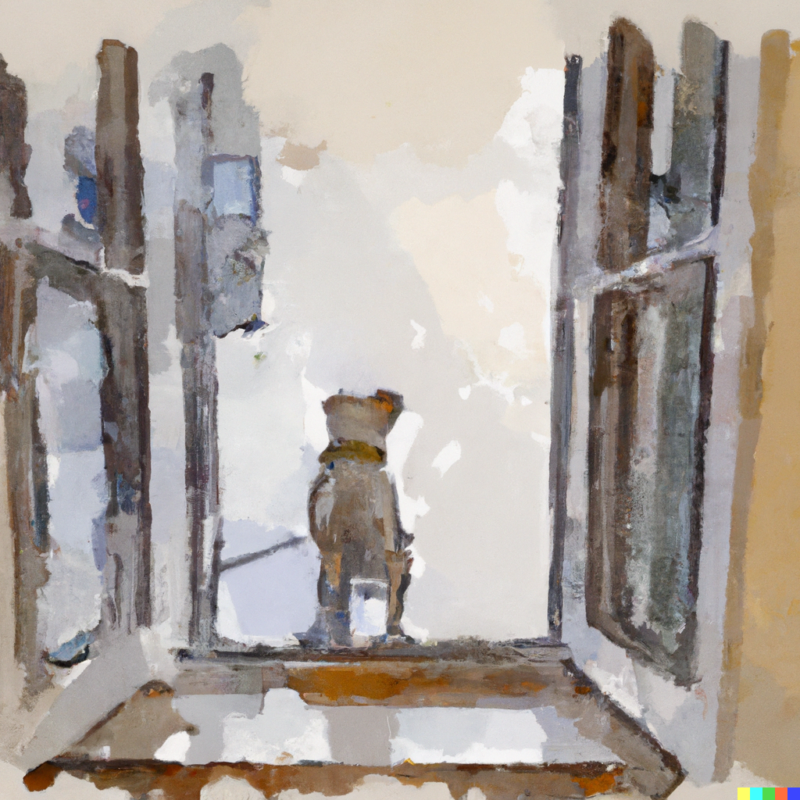
Separation Anxiety vs. Other Health Issues
Separation Anxiety Disorder (SAD) is different from other mental health disorders because it affects dogs differently. While some people are affected by a separation anxiety disorder, others do not experience symptoms. For example, some dogs show anxiety before or after leaving their owner. Others don’t exhibit any behavior changes. And still, others won’t act up even though they’ve been left alone.
The main difference between SAD and other types of anxiety is that fears of abandonment cause SAD, while fears of physical harm cause different types of stress. For example, dogs with a social phobia would feel sad or depressed if they haven’t seen their owners in a while. Other dogs get anxious because they miss their owners’ voices or smells. Still, others want to be near their humans.
A camera can help you see how your dog behaves when you aren’t around. You’ll know whether he’s acting normally or displaying unusual behaviors. This information could help you understand why your dog acts out. Talk to your vet about getting professional help if you notice anything abnormal.
What to Do If Your Dog Has Separation Anxiety
The best way to deal with separation anxiety is to avoid punishing your pet for what he did while you were gone. Instead, praise him for doing something good, like playing with toys or eating treats. You can also reward him with attention and affection when he behaves well. For example, hug him and tell him how much you love him. Also, don’t let him sleep in your bed because he might feel safer sleeping next to you.
If your dog still struggles with separation anxiety, consider getting professional help. A trainer can teach you how to handle your dog’s fears and teach him coping skills. He can also provide training sessions and tools such as a crate or a safe place where your dog feels comfortable when you aren’t home.
If your dog starts showing symptoms of separation anxiety, it’s essential to take action immediately. For example, you can use treats to distract him from his fears, play games with him, or give him lots of love and attention.
Signs of Separation Anxiety in Dogs
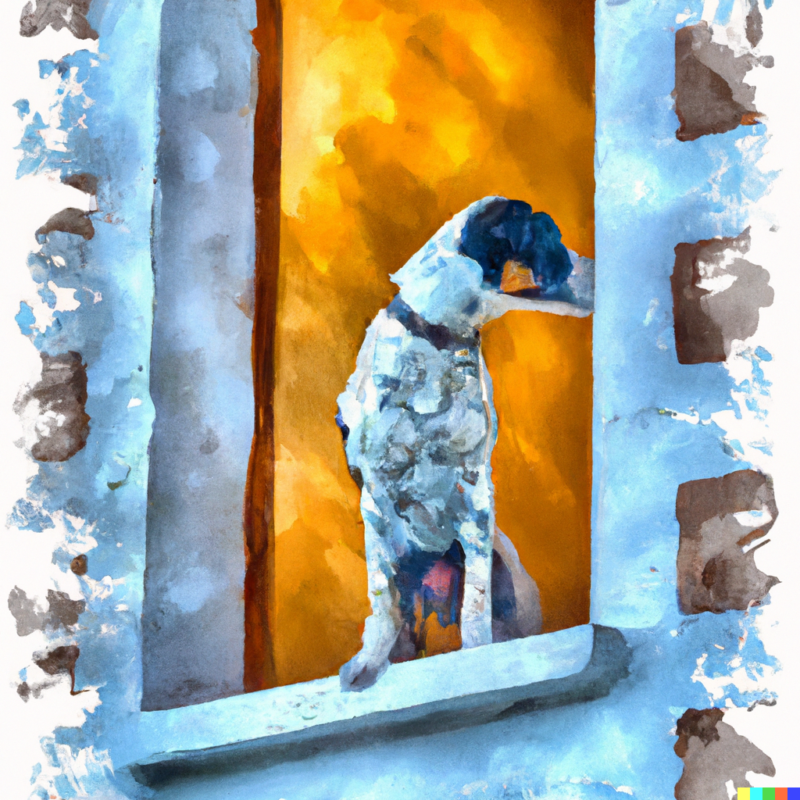
Separation anxiety is most commonly found in puppies between eight weeks and sixteen months old. This behavior occurs when a puppy feels insecure about being away from his owner. As a result, he may become distressed and refuse to eat, drink or go outside. If you notice one of these symptoms in your pet, it could mean he needs extra attention.
Common signs dogs with separation anxiety often exhibit excessive barking, whining, pacing, chewing, digging, urinating, defecating, hiding, excessive drooling, and biting. The best way to deal with this issue is to keep your puppy away from other animals and people until he gets used to his new environment. You should also ensure that you give him plenty of exercise, so he doesn’t become bored. Some medications can help reduce the symptoms if these methods don’t work.
Other dogs with separation anxiety may pace around the house, chew their paws, hide under furniture, and dig holes in the yard. These behaviors aren’t necessarily dangerous, but they can cause damage to your home and lawn.
A dog suffering from separation anxiety should never be left alone without supervision for long periods. You can help him overcome this problem by creating a safe space to retreat whenever he becomes anxious. Make sure there are no distractions around the house, such as loud noises or people coming into the room.
If your dog seems to suffer from separation anxiety, here are some tips to keep him calm:
- Keep him busy when you know he’ll be home alone. For example, play games like fetch or hide-and-seek.
- Give him plenty of exercise every day. For instance, they take walks together, play tug-of-war or run through the park.
- Please do not give him treats while he’s alone. Instead, let him earn rewards for good behavior.
- When you leave the house, ensure he knows how to use the doorbell or knocker.
How to Prevent Separation Anxiety in Dogs
There are many ways to help puppies overcome separation anxiety. However, if your dog exhibits separation anxiety, it’s essential to seek professional help. While there are no guarantees, some dogs do outgrow separation anxiety. However, most cases require continued treatment.
Your veterinarian will likely recommend medication if your pup still displays signs of separation anxiety after two weeks of behavioral training. A certified applied animal behavior specialist can work with you to identify triggers and develop strategies to prevent further episodes.
Frequently Asked Questions
Disclaimer: The information provided on this veterinary website is intended for general educational purposes only and should not be considered as a substitute for professional veterinary advice, diagnosis, or treatment. Always consult a licensed veterinarian for any concerns or questions regarding the health and well-being of your pet. This website does not claim to cover every possible situation or provide exhaustive knowledge on the subjects presented. The owners and contributors of this website are not responsible for any harm or loss that may result from the use or misuse of the information provided herein.

